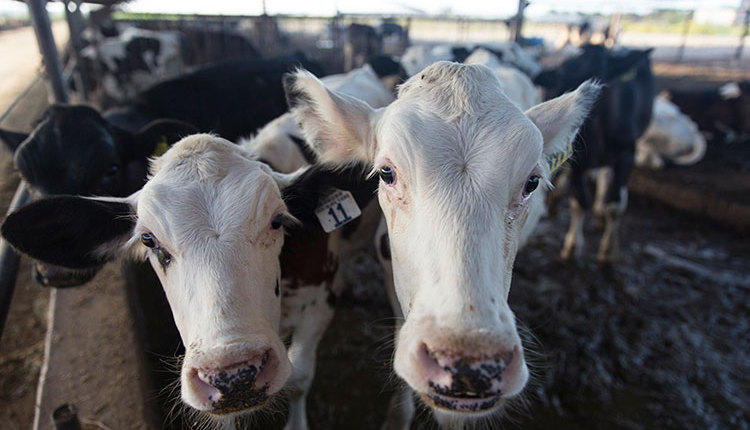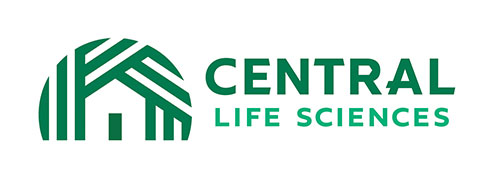
While dairy operations will never be completely free of flies, untreated fly infestations can lead to reduced dairy profitability. In fact, studies have confirmed that the economic threshold for dairy farms is just 50 flies per animal. That’s the point at which the negative effects of flies can cost an operation more in damages than the cost to effectively treat flies on a dairy.
What are the true costs of flies on a dairy?
Lost Production
Flies are not only an annoyance, but they also pose a threat to animal health, which affects your bottom line. Stable flies will administer a painful bite and irritate cows during resting, feeding and milking. Research shows that high populations of stable flies can lower milk production by 15 to 30 percent. Losses from these painful pests alone are estimated to cost $360 million per year in the United States.
Spreading Disease
While the house fly is not a biting pest, it also poses a threat to the bottom line of a dairy operation. House flies spread diseases including pinkeye and mastitis. Given the role flies play in cow health, implementing proper practices and preventative fly control strategies is key to protecting dairy cows from flies.
Worker Impact
Flies can be a nuisance to human workers on a dairy, and can interrupt productivity. In worst case scenarios, they can potentially even lead to faster turnover among workers.
Managing adult flies on an operation can also require manpower that could be better spent on the dairy. To most effectively and efficiently control flies on a dairy operation, consider a comprehensive fly control program built on ClariFly® Larvicide.
ClariFly® Larvicide is a feed-through fly control solution that relies on the cows to pass the product through manure, requiring no additional effort by workers. And because it’s unique mode of action targets flies at the larval stage, it prevents adult flies from emerging and needing to be controlled.
While the cost of fly control may require an initial added expense to the bottom line, the long-term savings it can provide to a dairy operation can easily offset the cost. To keep below the economic threshold for flies on dairy cows and maximize the efficiency of your cows and workers, consider fly control an investment rather than an expense.
Want to learn more? Watch the “How Bad is Bad for Fly Control?” video featuring Central Life Sciences’ Paul Kropp on CentralFlyControl.com.
About Central Life Sciences
With ClariFly® Larvicide, the fly stops at the pupal stage. With a focus on making animals including cattle, swine, and equine more comfortable and more productive, ClariFly® Larvicide works as a feed-through to help prevent the emergence of adult house, stable, face, and horn flies by stunting the growth of the fly. Using ClariFly® Larvicide is an easy-to-use, cost-effective method of fly control that can help contribute to a boost in animal productivity that can result in a boost in profits.
A product of the discovery of the first insect growth regulator, (S)-methoprene, Central Life Sciences, the makers of ClariFly® Larvicide, is committed to producing environmentally compatible insect control. Central Life Sciences manufactures and markets some of the most recognized professional and consumer brands in the veterinary, animal health, specialty pest control and public health/vector control markets. Central Life Sciences aims to enhance the quality of life of its consumers by improving the health and protection of companion animals, economic animals, plants, stored grains, and the environment.



